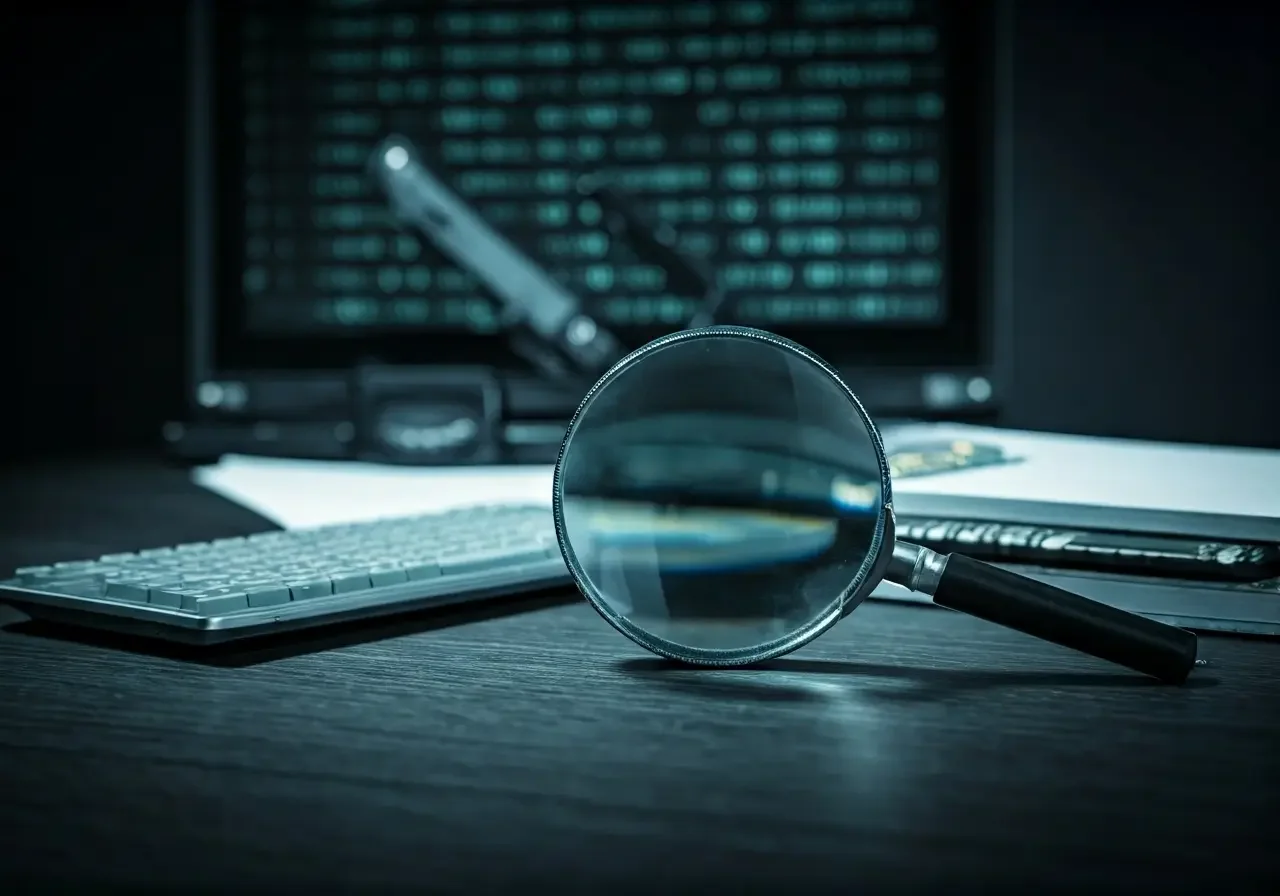9 Ways Forensic Imaging Can Strengthen Your Case
In today's rapidly evolving world, forensic imaging plays a crucial role in providing pivotal evidence that can make or break a case. Understanding its potential and incorporating it effectively can greatly benefit any legal strategy. Let's explore how forensic imaging can bolster your case with compelling evidence.
1. Understanding the Basics of Forensic Imaging
Forensic imaging encompasses a wide array of techniques like digital photography, scanning, and 3D modeling, each providing unique insights into a case. These methods help capture details that are otherwise impossible to detect with the naked eye. By leveraging cutting-edge technology, investigators can highlight significant details such as micro-expressions, subtle changes in materials, and more, which can be pivotal for a case.
The discipline involves advanced technology and digital tools that can record minute details with high precision. Concepts such as spectrometry have increasingly been incorporated to analyze substances at a molecular level, providing deep insights into a variety of materials involved in a case.
2. Enhancing the Integrity of Evidence
Forensic imaging ensures that evidence remains untouched and unaltered, maintaining its original state. This strengthens the integrity of the evidence, making it more credible during legal proceedings. A proper chain of custody is essential in legal matters, and imaging offers a non-invasive method to secure this chain.
Incorporating forensic imaging can help in reducing errors due to human intervention, preserving the evidence in its purest form. Additionally, these techniques can provide a permanent, unchangeable record of evidence, which can be revisited as digital storage advances.
3. Providing Clear Visuals for Juries
Visual representations make complex data accessible and easier for juries to understand, which can significantly sway their opinions and decisions. Graphics derived from computer-aided design can simplify and communicate intricate details, ultimately transforming how evidence is presented in court.
Visual data can be especially impactful, turning lengthy testimony into clear, concise diagrams or animations. This way, jurors are not only told about the events but can visualize them, which is a crucial factor in cases that require deep understanding of complex incidents.
4. Reconstructing Crime Scenes
With technologies like 3D modeling, forensic imaging can recreate crime scenes in detail, offering a comprehensive view of the events. This can be crucial in identifying discrepancies and verifying statements. These reconstructions are essential for presenting the scene as it originally appeared, which aids juries in making informed decisions.
The ability to replay scenarios and walk through reconstructed spaces gives legal teams an edge in trial strategy, providing a virtual 'bird's-eye view'. These tools have meaningfully changed how cases, particularly those involving complex crime scenes, are litigated in courtrooms.
5. Detecting Forgeries and Tampering
Advanced imaging techniques can reveal alterations and forgeries in documents and other materials, providing reliable evidence of tampering. High-resolution scanning and imaging technology can lay bare differences, sometimes minute, pointing directly to signs of forgery.
By examining pixel-level inconsistencies, these powerful tools can catch even the most cunning attempts at document alteration, proving critical in both criminal and civil cases. This level of analysis is unmatched, providing a digital fingerprint of tampering activities.
6. Solving Cold Cases
Forensic imaging can breathe new life into old cases by uncovering new evidence or reevaluating existing data with today's advanced technology. Historical data can be compared with modern results, enlightening investigators on aspects that were not previously available.
7. Assisting in Missing Person Cases
Imaging techniques like age progression can aid in locating missing persons, providing hope and direction for ongoing investigations. This technique uses facial aging algorithms to predict current appearances, helping authorities locate individuals long after their disappearance.
8. Supporting Expert Testimony
Experts can leverage forensic images to substantiate their testimonies, making their analysis more compelling and scientifically grounded. With visual aids, expert testimony becomes more interactive and easier to follow, which could provide a substantial boost to credibility during trials.
By backing verbal evidence with tangible visuals, experts can more effectively communicate complicated technical information, enhancing understanding and persuasiveness in the courtroom.
9. Augmenting Surveillance Footage Analysis
Enhanced imaging techniques can clarify and magnify details in surveillance footage, providing crucial evidence in establishing timelines and identifying suspects. Modern tools can enhance low-quality footage, pulling vital details from virtually indecipherable sources.
Multi-angle analysis and data layering ensure that all possible perspectives of footage are utilized, offering deeper insights into the situational context. This in-depth examination can dramatically influence the outcome of legal proceedings.

